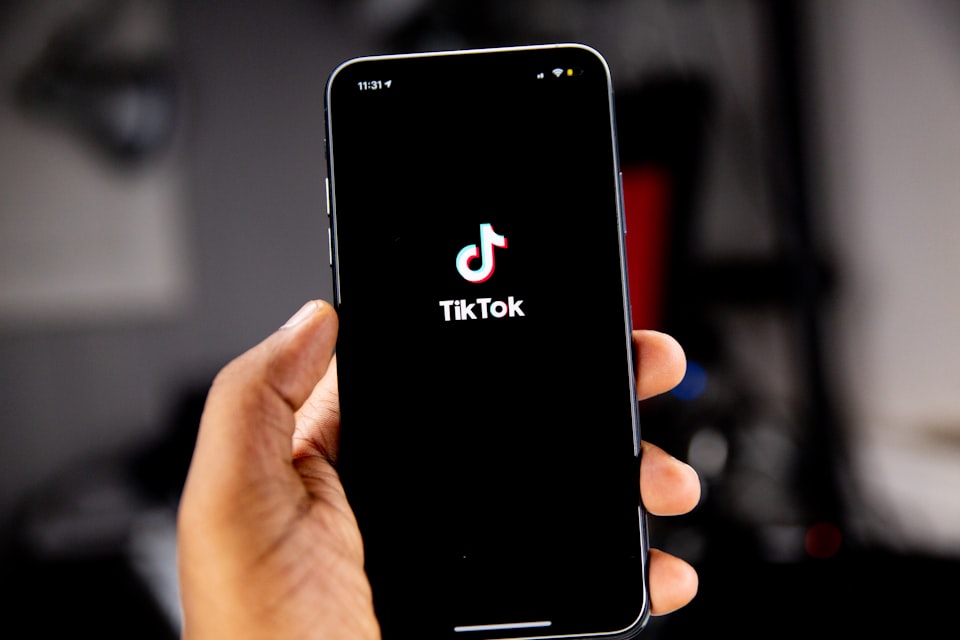Focus on Business Outcomes Impact to Precisely Understand Your Marketing Activities

Sales impact or business outcomes research is my go-to method to understand marketing activations better.
How does it work? How can you make better marketing decisions if you focus on business outcomes? Focus back on your consumer's behaviours!
A long time ago, a good friend challenged me to start writing a blog to share the views an Engineer like me has about Marketing today. My extensive marketing experience in CPM (Mars and British American Tobacco) and my academic engineering background provided the overlap to make this big.
This article was my first-ever post. It explains and deconstructs how I look at brand growth and evaluate brand communication strategies for better impact. I welcome your feedback, as I am sure this practice will become better with time.
It’s just the start.
Sales impact is the ultimate KPI you need to explore
In the real world, to grow brands, you need to generate sales; there is no other way. Consequently, it is best to use short-term sales outcomes as your reliable KPI to assess the impact of any communications planning decision. Short-term sales is the most correlated KPI with growth and long-term impact.
By concentrating your efforts on analyzing what prompted a sale, you are on the way to making better marketing decisions. As a bonus, sales outcome is the only KPI to inform your future budget allocations as it is translated to Return on Investment. And you know which KPI your CFO loves...
If you think this is common sense, well done to you. However, it is not widely accepted in the business and marketing world. We often replace actual Sales with simpler upper funnel metrics like Purchase Intent or Purchase Propensity, or in the digital marketing world by Click-to-Basket or even Click-through. Unless the transaction occurs, unless the currency is exchanged for the product, you can’t say that a sale occurred. Yes, those metrics could be proxies for sales, but before you demonstrate a strong correlation and causation, I advise avoiding them.
Why is the alternative to sales impact measurement so prevalent?
The Marketing Research industry is still in a long loving relationship with Purchase Intent. Why? It is easy to measure with surveys, readily available on new mobile apps, and even offered free by some of your media partners.
But how much can you trust this research?
Run a simple exercise: ask 100 people if they’ll buy your brand sometime in the future.
What is the incentive for them to say no?
Can their response tell you something about their status?
Research demonstrated you are more likely to say, “YES, I will buy a Porsche than saying YES to buying a Ford”.
Is their response more likely to be the first option in the survey?
Is their response conscious but utterly unrelated to what their brain and emotions will guide them during the upcoming purchase occasion?
The answer to all those questions is YES.
Future purchase intent questionnaires are genuinely biased and might be banned from any research that informs a marketing decision in the presence of something better.
I prefer ten real sales uplift studies to 10.000 flawed “almost-sales-studies” of purchase intent.
Yes – I can’t measure sales impact, and …
It’s not always easy to track sales, but no one said it was. Operating in CPG vs. a pure-play Direct 2 Consumer category brand is more challenging and more demanding, but not impossible. The closer you get to individual-level sales, the better your decisions will be. You can only attribute growth effects to penetration if you have personal-level sales.
Aggregation to the store level, geographic region, or even country dilutes the signal in the noise and raises the requirements for experimental design.




